NASA Landing Systems Research Aircraft Research Program (USA)
By the early nineties, the Space Shuttle ships had become one of the main American means of delivering goods to orbit. At the same time, the development of the project did not stop, now affecting the main features of the operation of such equipment. In particular, from the very beginning the ships were faced with certain restrictions on the landing conditions. They could not be planted with clouds below 8 thousand feet (a little more than 2,4 km) and with a side wind stronger than 15 nodes (7,7 m / s). Extending the range of allowed weather conditions could lead to known positive consequences.
Restrictions on the side wind were associated primarily with the strength of the chassis. The landing speed of the Shuttle reached 190 knots (about 352 km / h), due to which the slip, compensating the side wind, created excessive loads on the racks and wheels. If you exceed a certain limit, such loads could lead to the destruction of tires and to some accidents. However, the reduction in landing performance requirements should have had positive results. Because of this, in the early nineties, a new research project was launched.
The new research program was named for its main component - Landing Systems Research Aircraft (“Aircraft landing gear research”). Within its framework, it was supposed to prepare a special flying laboratory, with the help of which it would be possible to verify the peculiarities of the operation of the Shuttle chassis in all modes and under various conditions. Also, to solve the problems posed, it was necessary to carry out some theoretical and practical research, as well as to prepare a number of samples of special equipment.
One of the results of the theoretical study of the issues of improving the landing characteristics was the modernization of the runway of the Space Center to them. J.F. Kennedy (pc. Florida). During the reconstruction, the concrete strip with a length of 4,6 km was restored, and now a significant part of it was distinguished by a new configuration. Plots with a length of 1 km near both ends of the strip received a large number of small transverse grooves. With their help, it was proposed to divert water, which reduced the restrictions associated with precipitation.
Already on the reconstructed runway, it was planned to test the flying LSRA laboratory. Due to the various features of its design, it had to completely imitate the behavior of the spacecraft. The use of the working band involved in the space program also contributed to obtaining the most realistic results.
In order to save and speed up the work, they decided to rebuild the existing aircraft to the flying laboratory. The carrier of the special equipment became the former passenger liner Convair 990 / CV-990 Coronado. The NASA machine was built and transferred to one of the airlines in 1962, and was operated on civilian lines until the middle of the next decade. In 1975, the aircraft was purchased by the Aerospace Agency and sent to the Ames research center. Subsequently, it became the basis for several flying laboratories for different purposes, and in the early nineties, it was decided to build an LSRA machine on its base.
The purpose of the LSRA project was to study the behavior of the Shuttle chassis in different modes, and therefore the CV-990 aircraft received the appropriate equipment. In the central part of the fuselage, between the regular main supports, there is a compartment for installing a rack simulating a spacecraft unit. Due to the limited volumes of the fuselage, such a rack was fixed rigidly and could not get out of flight. However, the rack was equipped with a hydraulic drive, the task of which was to move the units vertically.
The flying laboratory of a new type has received the main rack of the Space Shuttle ship. The support itself had a rather complicated structure with shock absorbers and several struts, however, it was notable for the necessary strength. In the lower part of the rack, an axis was placed for one large wheel with a reinforced tire. Established units borrowed from the "Shuttle", supplemented by numerous sensors and other equipment that monitors the work of the systems.
As conceived by the authors of the Landing Systems Research Aircraft project, the CV-990 flying lab was supposed to take off using its own chassis and, after making the necessary turns, approach the landing. Immediately before landing, the central support, borrowed from space technology, was pulled up. At the moment of touching the main legs of the aircraft and compressing their shock absorbers, the hydraulics had to lower the support of the Shuttle and simulate the touch of the landing gear. The run after landing was partially carried out using the tested chassis. After reducing the speed to a predetermined level, the hydraulics had to raise the tested support again.
Together with the “alien” counter and its controls, the prototype received some other means. In particular, it was necessary to install a ballast, with the help of which the load on the chassis, typical of space technology, was imitated.
At the development stage of test equipment, it became clear that working with a test chassis could pose a certain danger. Heated wheels with high internal pressure, experienced serious mechanical loads, could simply explode under a particular external influence. Such an explosion threatened to injure people in the 15 radius. At double the distance, the testers risked hearing damage. Thus, to work with dangerous wheels required special equipment.
An original solution to this problem was proposed by NASA employee David Carrott. He acquired a prefabricated radio-controlled model tank times of World War II on a scale of 1:16, and used its tracked chassis. Instead of a standard tower, a video camera with signal transmission means, as well as a radio-controlled electric drill, were installed on the case. The compact machine, called the Tire Assault Vehicle, had to independently approach the chassis of the shrunken CV-990 laboratory and drill holes in the tire. Thanks to this, the pressure in the wheel was reduced to safe, and specialists could approach the chassis. If the wheel could not withstand the load and exploded, then people remained safe.
The preparation of all components of the new test system was completed at the beginning of 1993. In April, the CV-990 LSRA flying laboratory first flew to check aerodynamic performance. In the first flight and in the further tests, the pilot was controlled by pilot Charles Gordon. Fullerton It was quickly enough established that the non-removable support of the Shuttle, in general, does not impair the aerodynamics and flight characteristics of the carrier. After such checks, it was possible to proceed to full-fledged tests that corresponded to the original objectives of the project.
Tests on a new landing gear started with a tire wear check. A large number of landings were performed at different speeds within the allowable range. In addition, the behavior of the wheels on various surfaces was studied, for which the flying laboratory of the Convair 990 LSRA was repeatedly sent to different aerodromes used by NASA. Such preliminary studies allowed us to gather the necessary information and in a certain way to adjust the plan for further tests. In addition, even they were able to influence the further operation of the Space Shuttle complex.
By the beginning of 1994, NASA experts began to test other capabilities of the technology. Now, the landing was carried out with a different side wind force, including exceeding the allowable one for the landing of the Shuttle. High landing speed in combination with slip on touch should have led to increased rubber abrasion, and in the course of new tests it was proposed to thoroughly study this phenomenon.
A number of test flights and landings carried out over several months allowed us to find the optimal modes in which the negative impact on the wheel design was minimal. With their use, it was possible to obtain the possibility of a safe landing with side winds up to 20 nodes (10,3 m / s) in the entire range of landing speeds. As shown by the tests, tires tires partially erased, and sometimes up to the metal cord. Nevertheless, despite such wear, tires retained their strength and allowed to safely complete the run.
The study of the behavior of existing tires at different speeds with different side winds was carried out at several NASA sites. Due to this, it was possible to find the best combination of surfaces and characteristics, as well as to make recommendations for landing on various runways. The main result of this was to be the simplification of the operation of space technology. First of all, the so-called landing windows - time intervals with acceptable weather conditions. In addition, there were some positive consequences in the context of an emergency landing of a spacecraft immediately after launch.
After the completion of the main research program, which had a direct connection with the practical operation of equipment, the next stage of testing began. Now the technique was tested at the limit of possibilities, which led to understandable consequences. Within the framework of several test landings, the maximum possible speeds and loads on the chassis of the spacecraft were achieved. In addition, the behavior of the slip, exceeding the permissible limits. Not always the chassis components to cope with the arising loads.
So, 2 August 1995, when landing at high speed occurred the destruction of the tire. Rubber was torn; bare metal cord also could not stand the load. Having lost support, the rim slid along the runway and almost reached the axis. Also suffered some parts of the rack. All these processes were accompanied by a monstrous noise, sparks and a fiery trail stretching behind the bar. Part of the parts could not be restored, but experts were able to determine the limits of the wheel capability.
The test landing of 11 August also ended in destruction, but this time most of the units remained intact. Already at the end of the run, the tire could not bear the load and exploded. From further movement most of the rubber and cord was torn off. After the completion of the run, only a rubber and wire mash remained at all, unlike a tire at all.
From spring 1993 to autumn 1995, NASA test pilots conducted 155 test landings at the Convair CV-990 LSRA flying laboratory. During this time, numerous studies have been conducted and a large amount of data has been collected. Without waiting for the end of testing, aerospace experts began to sum up the program. Not later than the beginning of 1994, new recommendations were made for the landing and subsequent maintenance of space technology. Soon, all these ideas were implemented and brought some practical benefits.
Work under the Landing Systems Research Aircraft research program continued for several years. During this time, we managed to collect a lot of necessary information and determine the potential of existing systems. In practice, it was confirmed that it is possible to increase some of the landing characteristics without using new aggregates, which reduced the requirements for landing conditions and simplified the operation of Shuttles. Already in the mid-nineties, all the main conclusions of the LSRA program were used in developing the existing guidance documents.
The only flying laboratory on the basis of the passenger liner, used in the LSRA project, soon again went to the restructuring. The CV-990 aircraft retained a significant portion of the assigned resource, and therefore could be used in one or another role. With him removed the research stand for mounting the wheels and restored trim. Later, this machine was again used in the course of certain studies.
The Space Shuttle complex has been in operation since the early eighties, but during the first few years, the crews and organizers of the missions had to observe some of the tough ones associated with landing. The Landing Systems Research Aircraft research program allowed us to clarify the actual capabilities of the technology and to expand the allowable ranges of characteristics. Soon, these studies led to real results and had a positive impact on the further operation of equipment.
On the materials of the sites:
https://nasa.gov/
https://dfrc.nasa.gov/
https://flightglobal.com/
- Ryabov Kirill
- Nasa / nasa.gov
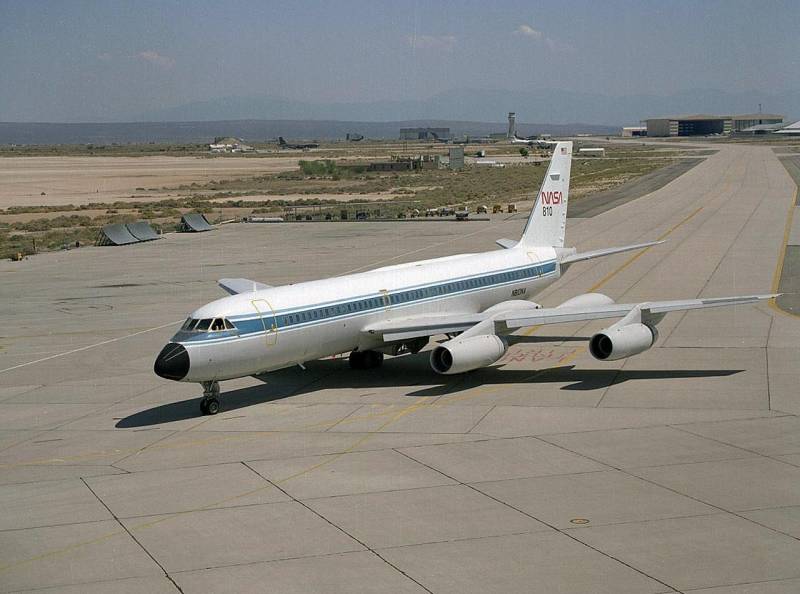
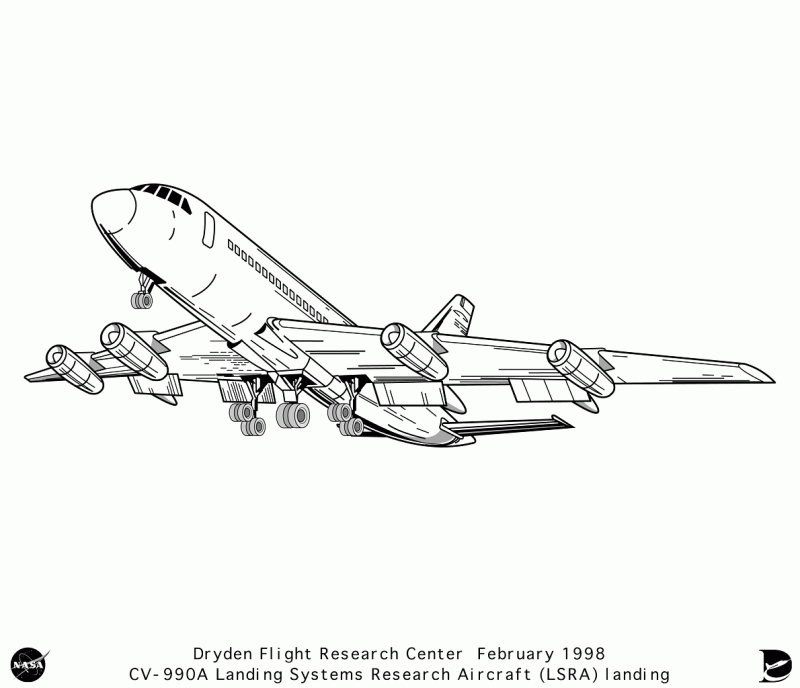
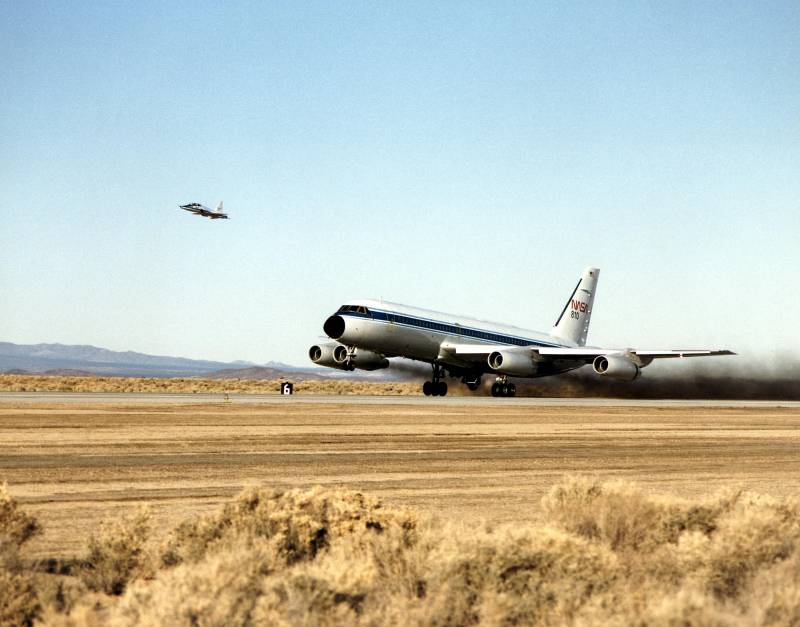
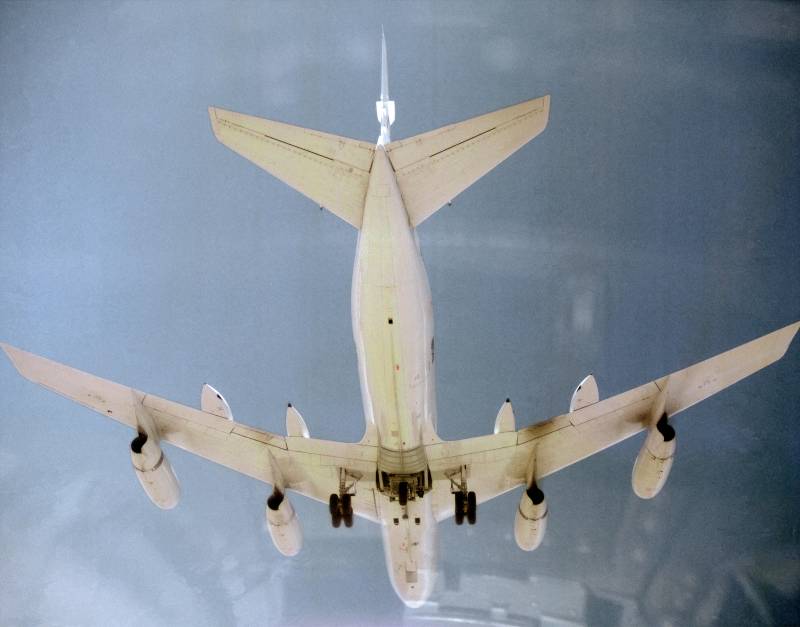
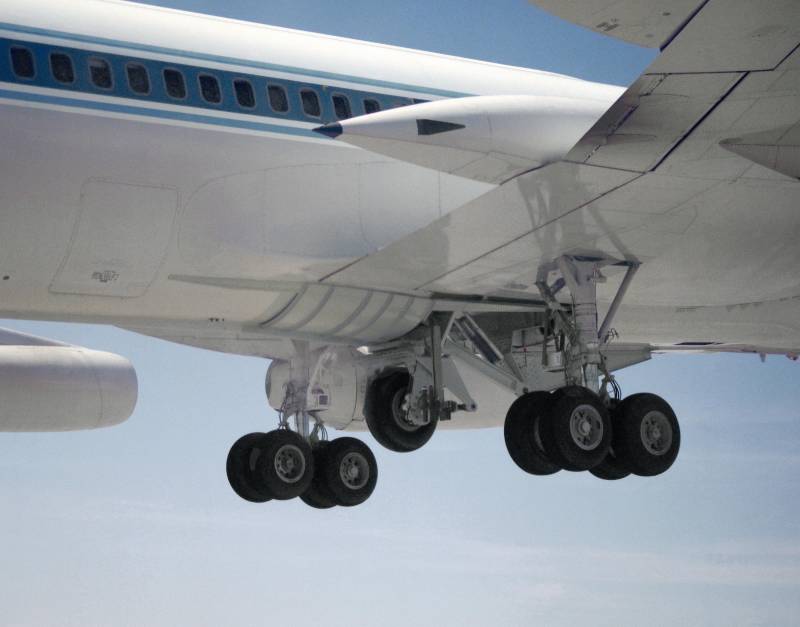
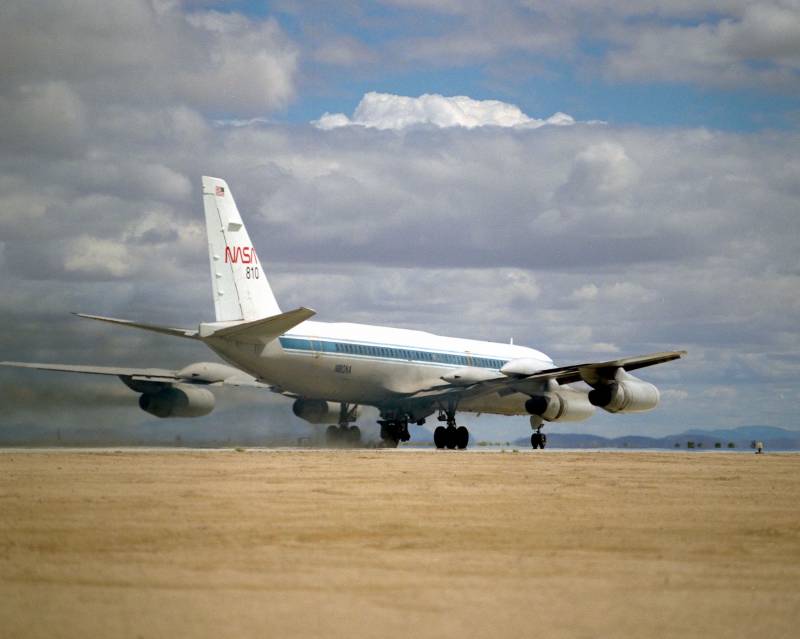
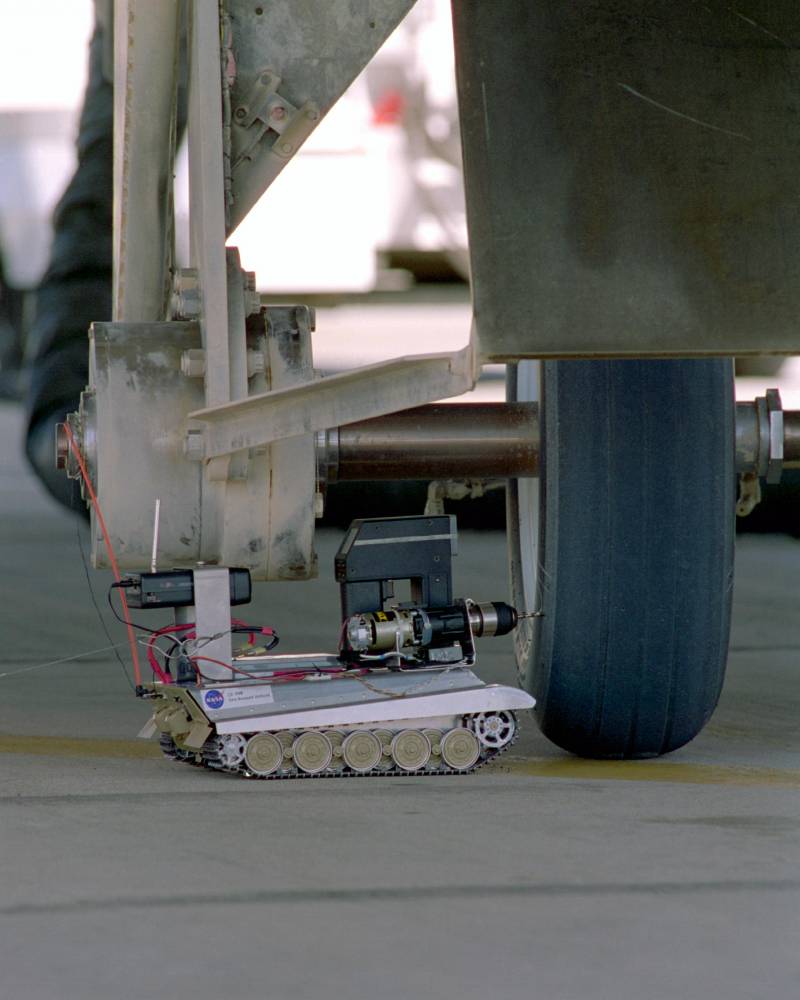
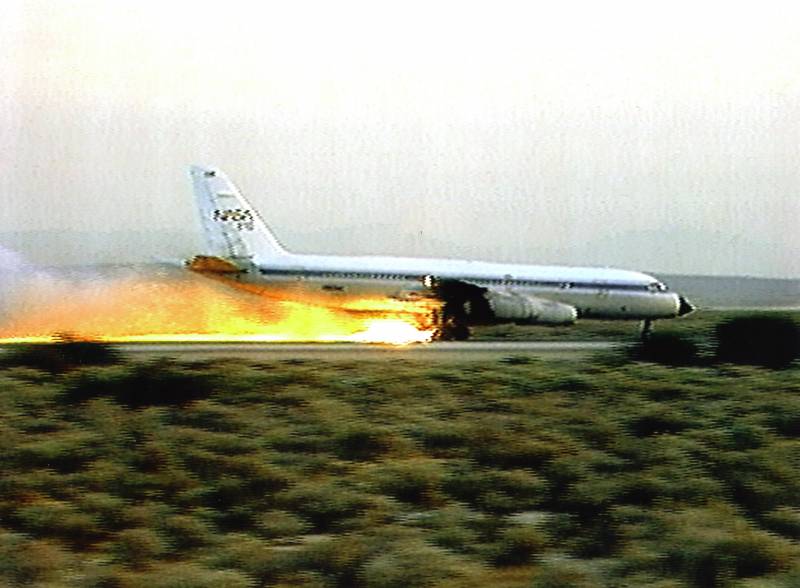
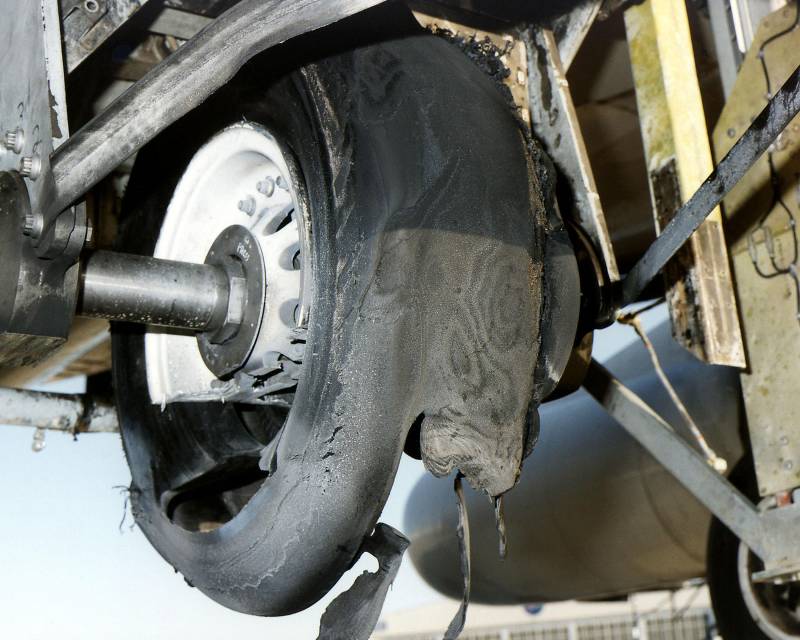
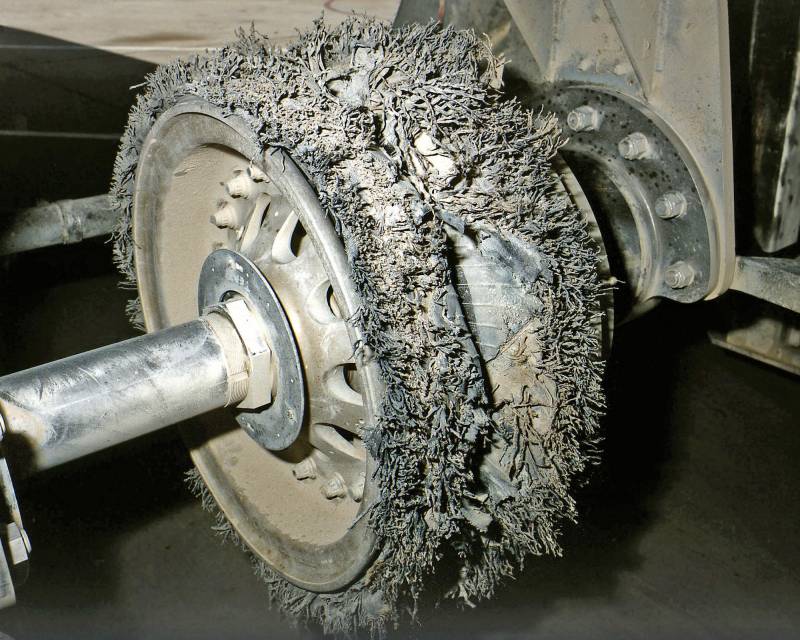
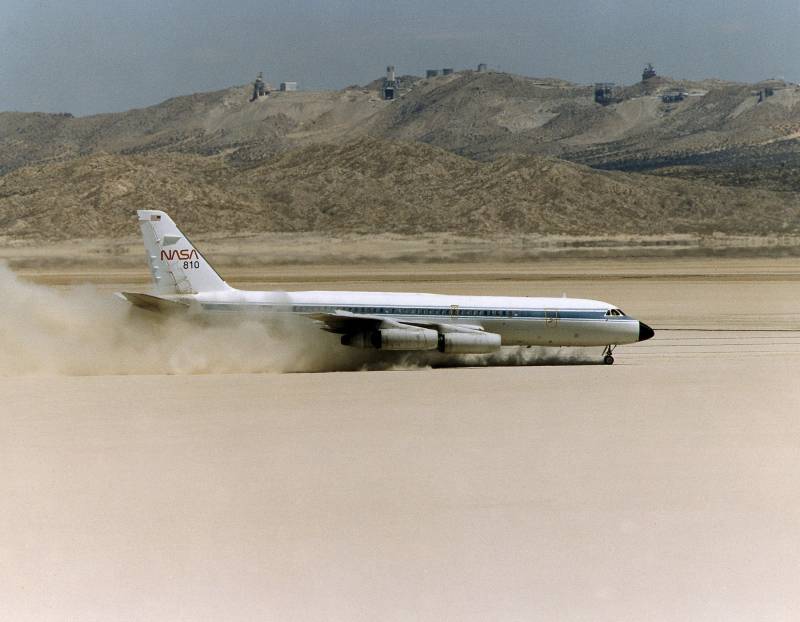
Information